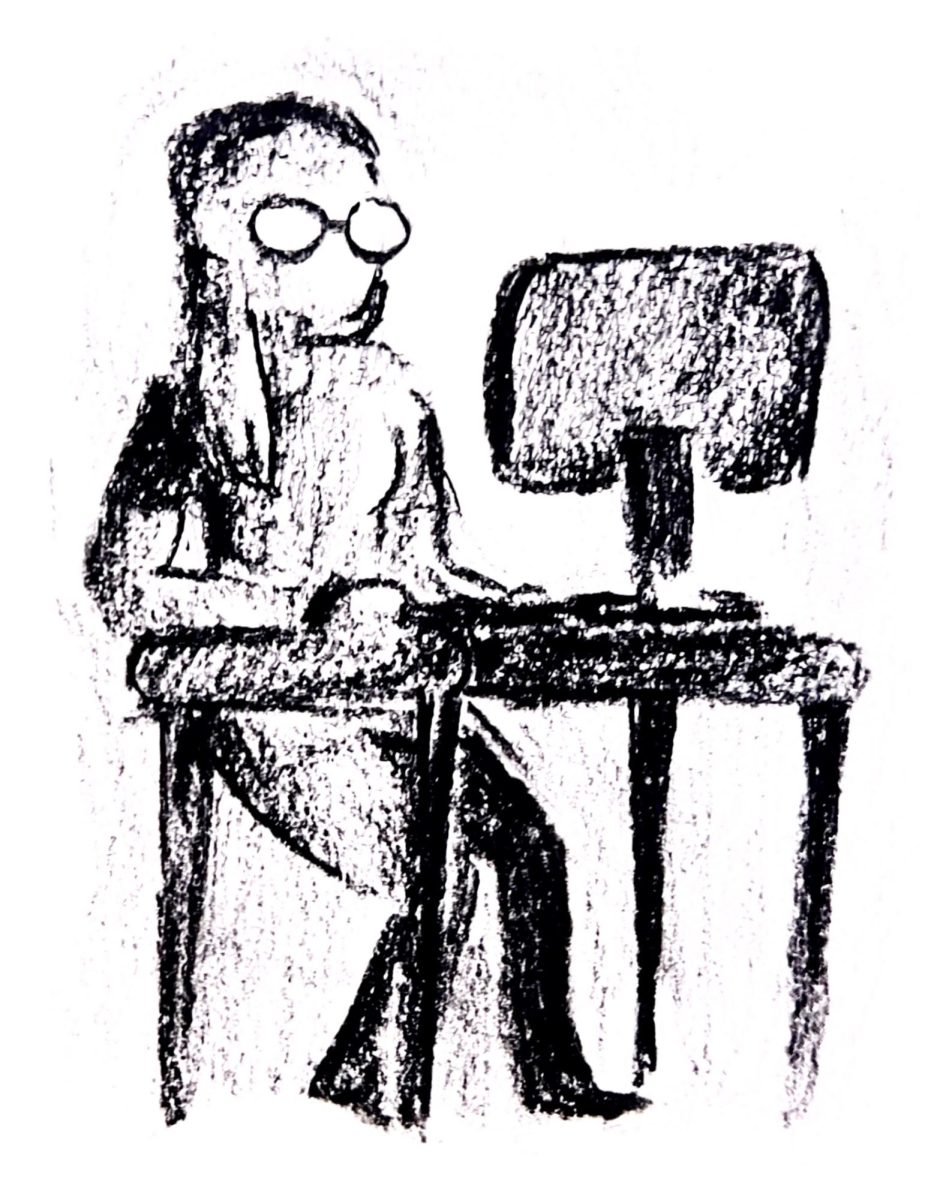I’ve had some questions about Fair Trade for a while. Isn’t it kind of like a boycott? And if so, isn’t it not going to work unless everyone boycotts? What about the non-Fair-Trade farmers? Do they suffer because of Fair Trade? Why on Earth would we try to improve working standards through the market any way rather than politically? To get some answers to these questions, I delved into the economics articles of Penrose Library and interviewed Brittany Smith, Chloe Tirabasso and Bethany Sutro, members of Fair Trade on Campus.
To be certified under a Fair Trade Label, a farm must be part of a cooperative that meets standards for sustainability and working conditions. Once it is certified, farmers are paid a “fair” price for their product, which never falls below a set floor, and contains a five-cent premium to be used for whatever community project the cooperative decides.
As Sam Cornell of the Santa Barbara Independent points out, this cooperative system is controversial because it leaves out plenty of farms that may otherwise meet standards. Brittany Smith believes that eventually the cooperative requirement may be abandoned and that “if checks and balances can be maintained, then the more people to be certified the better.”
The Economist, in a provocative article last year, predictably took a critical free trade perspective on FT, citing concerns that paying some coffee farmers a guaranteed above-market price will depress the market for the rest of the farmers, particularly the poorest ones who work on plantations and can’t be certified for fair trade. Jeremy Weber of the Cato Journal disagrees, pointing out that “Most Fair Trade certified producers sell a fraction of their coffee to the Fair Trade market and the rest to the conventional market.”
The price floor does create a surplus in the Fair Trade market, however, and has for the last 10 years. That surplus is a barrier to getting certified; because Fair Trade already has an oversupply, it can’t let in as many new members as it might otherwise. Weber points out that the way to increase demand is to sell to larger retailers, something that makes some Fair Trade activists uncomfortable.
But if we can’t be comfortable with large companies Starbucks supporting Fair Trade, how can we expect to raise labor standards through the market? Knowing of this oversupply does make Starbucks seem less virtuous when only 3.7 percent of their coffee is Fair Trade, but at least they’re projecting seven percent within the next few years.
The alternative to the market is international treaties to raise labor standards and, yes, these would be a more direct way to make change happen for the better. But they come with their own obstacles, some of which we create. Many poor countries with the worst labor standards can’t afford to improve them because the world market is so heavily skewed toward rich countries.
If we want to improve labor standards in poor countries, we need to remove the subsidies for our goods so that all countries can compete on a level playing field. As it is, trade talks go nowhere and, depressingly, it may actually be faster to work through the Fair Trade market than to wait for our governments to do anything. (And if we bought more local food, maybe our farmers wouldn’t need as many subsidies to survive.)
Chloe Tirabasso emphasized that most supporters of Fair Trade are “not under the illusion that Fair Trade is perfect” but rather that Fair Trade is young enough to be flexible and that as it grows, it will work out some of its problems.
So what can you do? You can buy the fair trade coffee and tea that Bon Appetit provides for us. You can go into Starbucks and ask for a cup of fair trade coffee, see what happens. And you can get involved with Fair Trade on Campus, a campaign under the Campus Greens umbrella. They are working to bring more FT products to campus, including FT sports equipment, and sweat-free clothing in the bookstore. My verdict after a week of research? Go ahead and buy fair.








